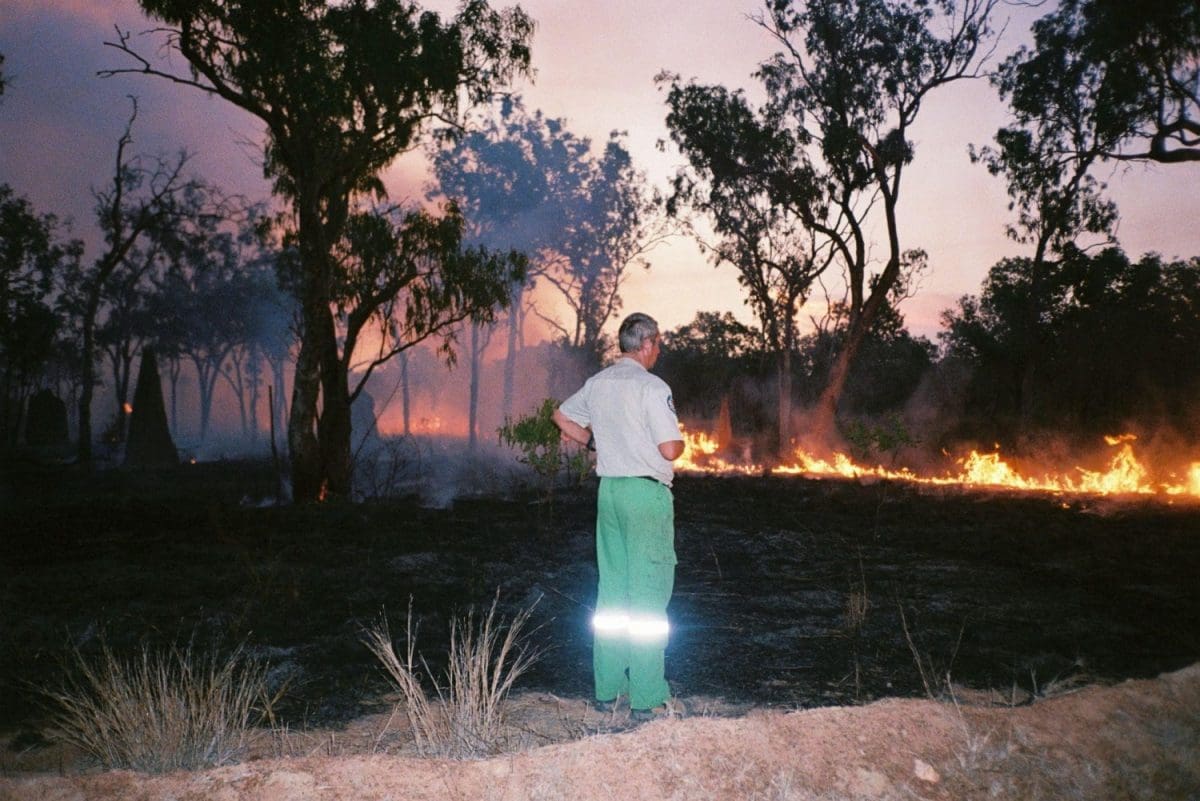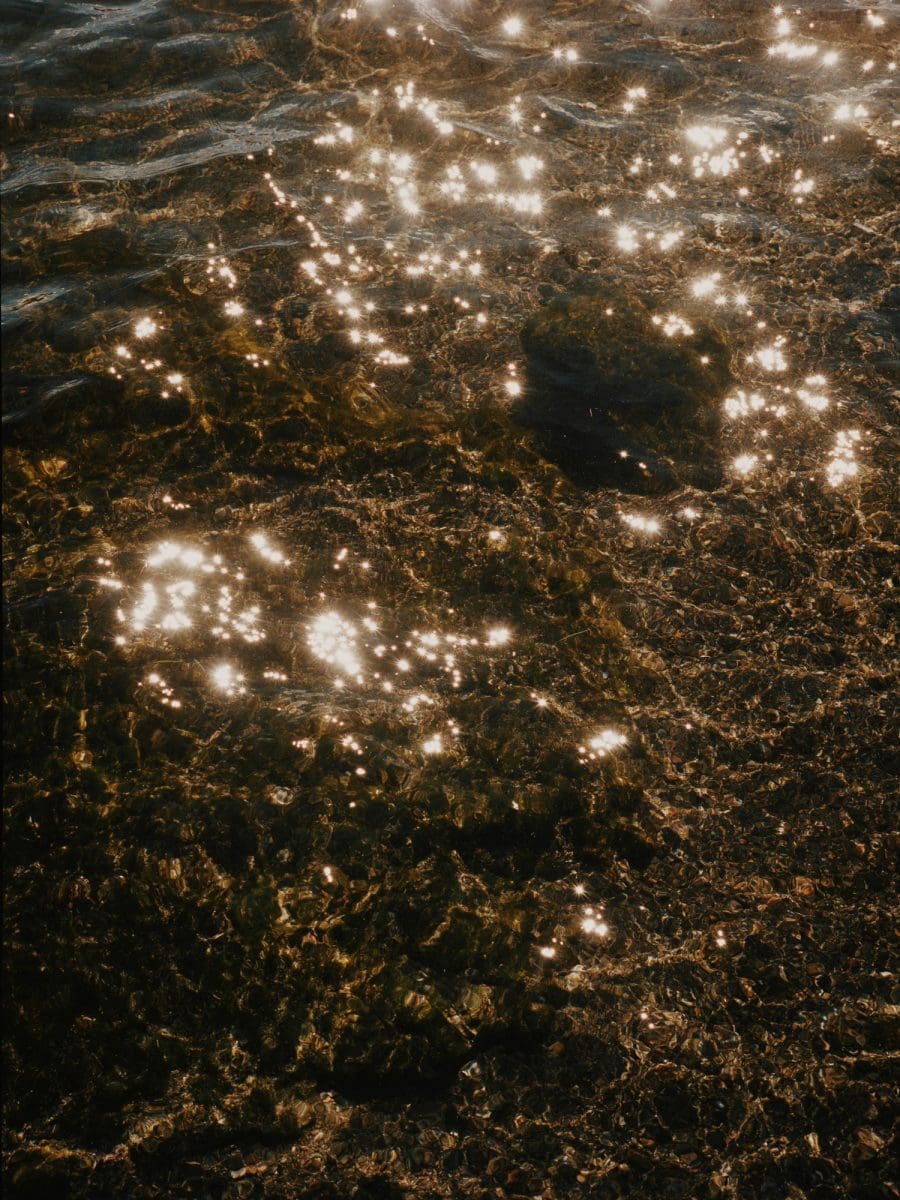
Making Space at the Table
NAP Contemporary’s group show, The Elephant Table, platforms six artists and voices—creating chaos, connection and conversation.






Gathering Geographies takes in more than topographical information. Showing emerging artists across sculpture, sound, video, photography, writing and dance, it speculates on how the earth, via weather, time and resources, shapes human movement and creativity. Here, geography is understood as being the impetus for creative interactions. “The earth offers up movements and patterns that inform our ways of being,” says curator and sound artist Mara Schwerdtfeger. “It has a major impact on how we do things, whether unconsciously or consciously.”
Positioning each work in the gallery to form numerous visual and sonic dialogues, Schwerdtfeger is encouraging viewers to think about the earth more holistically. “The core way the earth has influenced artists here is through materials,” Schwerdtfeger explains. “The earth is like a material library from which we can collect, interpret and transform. In my own work with sound, I’m often creating recordings and manipulating them into other environments or other ways of being. I was coming across a lot of other artists who were thinking about things in a similar way and I really wanted to bring them together.”
Each of the artists use or directly reference the earth in their work, whether it be by distilling plant pigments to create paint or photographing life on a remote cattle station. Combining images with sculpture, Marianna Ebersoll photographs clay deposits from her family’s property near the Blue Mountains, before moulding the clay into a sculptural object. Lisa Lerkenfeldt’s A Garden Dissolves into Black Silk, 2020 replaces the sinewy ribbon of tape in a cassette shell with a blade of grass in a poetic evocation of listening to nature. As an artist and composer interested in the erosion of material forms, Schwerdtfeger says Lerkenfeldt’s work, “represents a tension between nature and human constructed materials and methods of creativity. It’s a dissolving work that changes over time as it decays.”

Referencing human movements across the earth’s surface, artists Arini Byng, Jess Gall and Rebecca Jensen performed their ongoing collaboration Sinkhole, 2018-2022 in the gallery space on opening night. Lipstick smudges on the wall and torn paper on the floor, along with video documentation of the performance, remain as evidence of their movements. “Sinkhole looks at a narrative of how we interact with space and our environment, and the process of trying to communicate this through the body as direct movements,” says Schwerdtfeger. Bodily movements are also depicted in a newly commissioned series of flags by oceanfloor.group. However, instead of the human body, a visual reference for veronica La Sphera, 2021 is the reptilian body of a snake. “veronica La Sphera is heavily influenced by interspecies culture and how we can further understand how in tune animals are to their environment. It’s almost like a method acting approach to art making.”
Climate change and rising temperatures are alluded to in Mardi Reardon-Smith’s Love Letter to the North, 2018-2019 a video work and series of photographs depicting backburning, land management and cattle work throughout Cape York Peninsula. Coupled with Lydia Trappenberg’s Residue, 2019 series which includes photographs of shells embedded on a beach and sunlight bouncing off a shallow ocean swell, these images speak to the macro and micro elements of nature. “Reardon-Smith and Trappenberg look at climate anxiety fatigue and the emotional weight that comes with it,” Schwerdtfeger says. “Some of these images are really grand landscapes which give you this overwhelming feeling. Then there are images of microscopic arrangements of seashells. When you look at the seashells, they exist in their own kind of landscape. All throughout the exhibition there’s all this playing with scale. Playing with that big emotion of dealing with the climate crisis.”
Gathering Geographies
Darren Knight Gallery
Sydney
Until 26 February